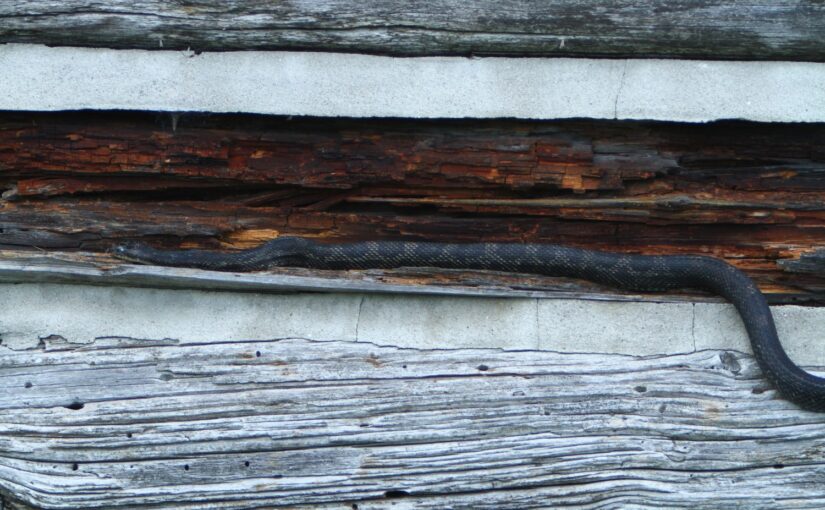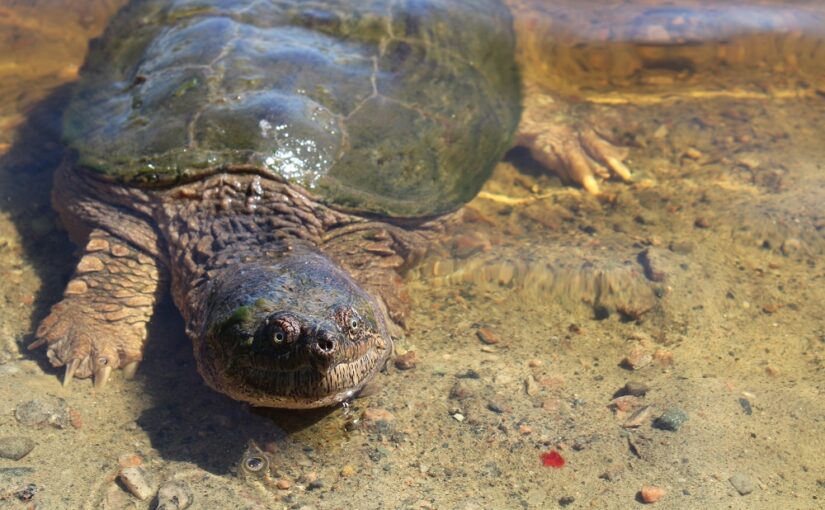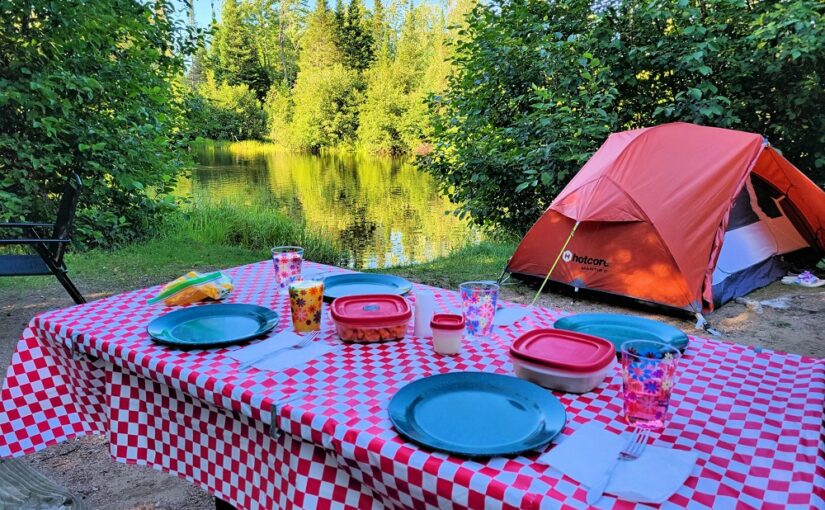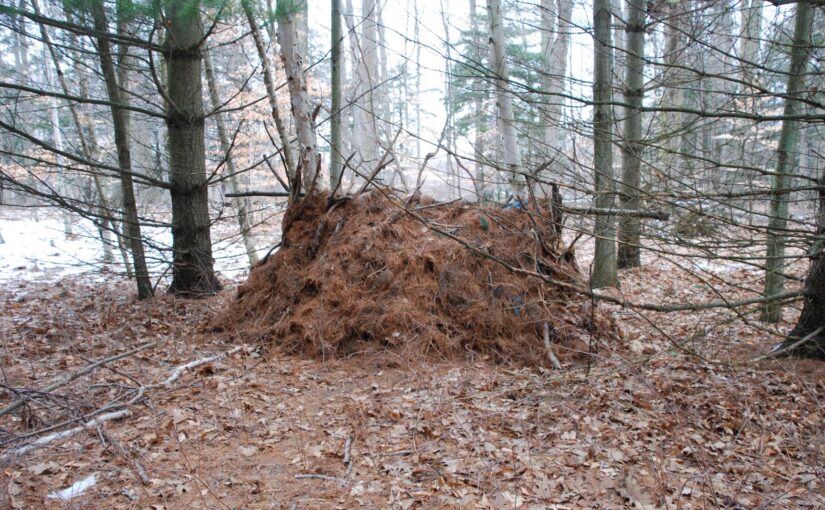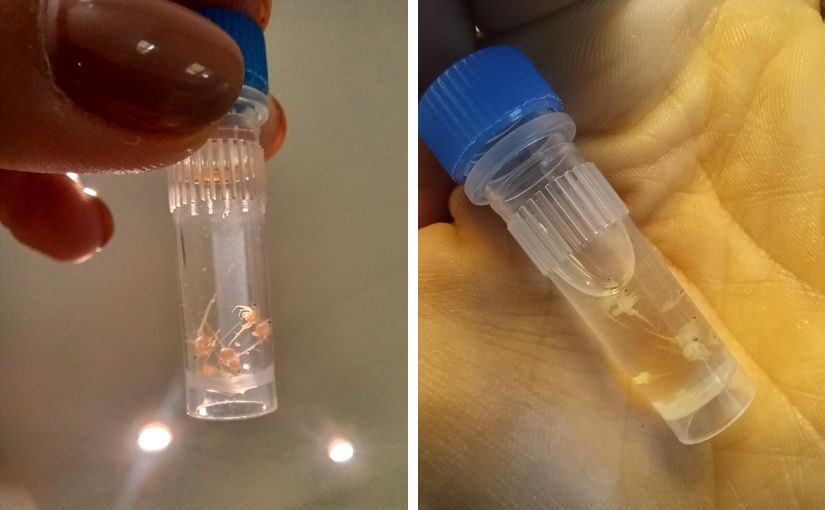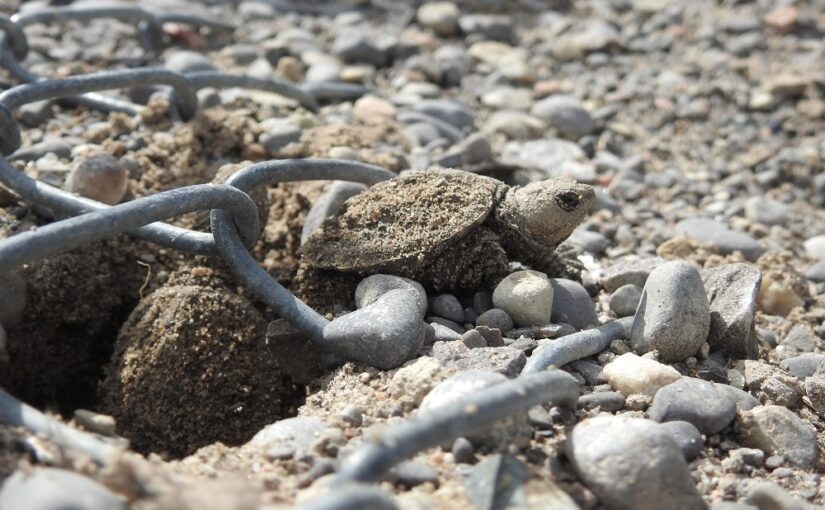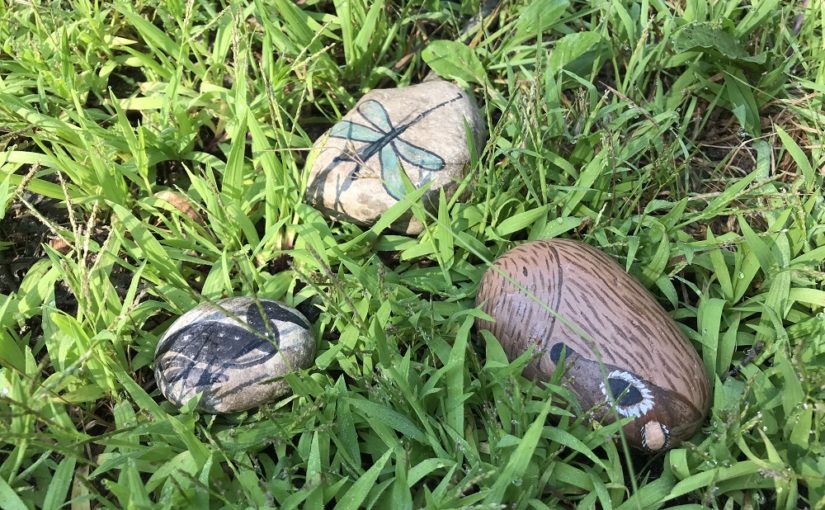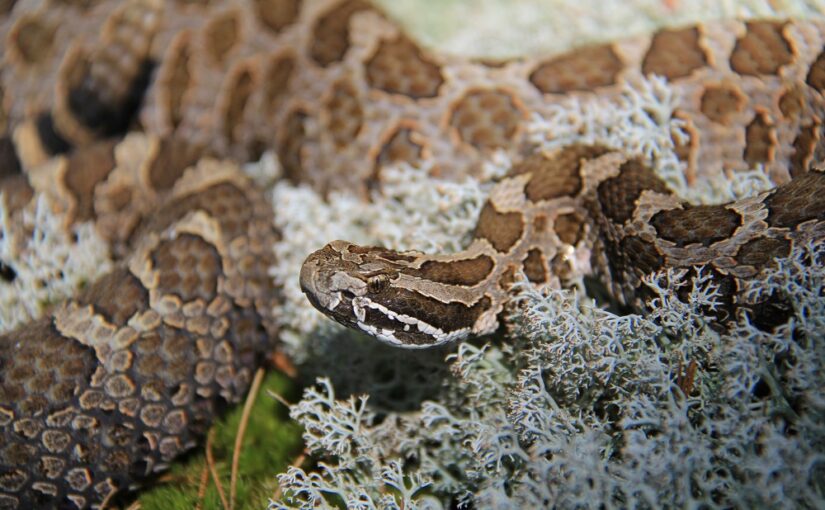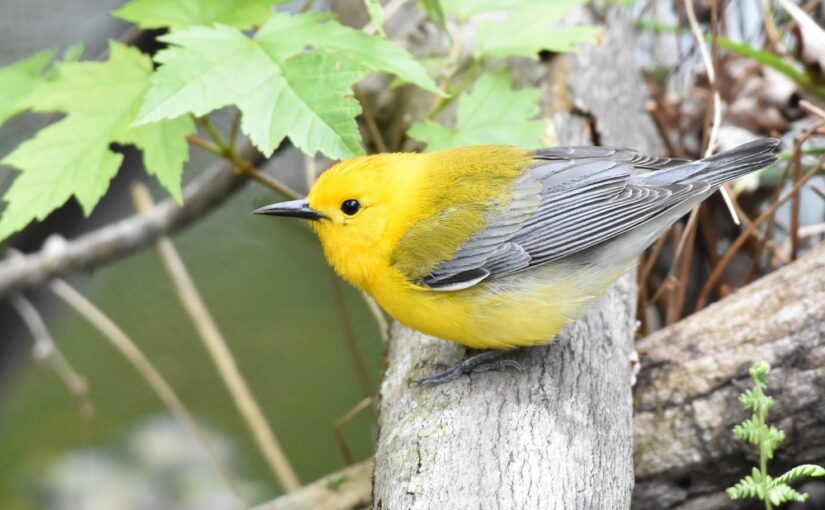Today’s blog comes to us from Sam Alison, former Ontario Parks Gray Ratsnake researcher at Murphys Point Provincial Park.
I must admit, as a seven year old, I was a little nervous about spending the night at my great grandmother’s cottage. At the family reunion, I had heard all about the seemingly mythical creature that lived in the attic…
…a creature so good at hiding, you’d never know where it was at any point in time.
…a creature so long, it could reach right around the door frame if it wanted to.
…a creature so mesmerizing, that everyone had a story to tell.
What was this creature? Where was it? I was hooked.
I spent our family vacation looking for this legend. Little did I know, this adventure would inspire my future career.
A university degree and many years later, I’m still searching for Canada’s longest snake species – the Gray Ratsnake.
